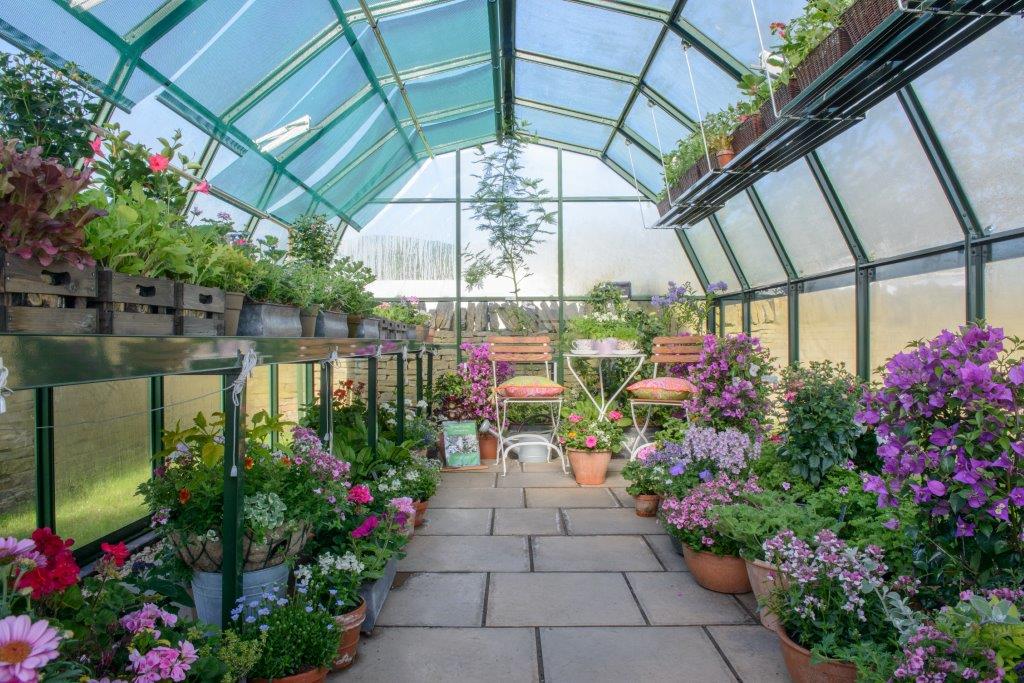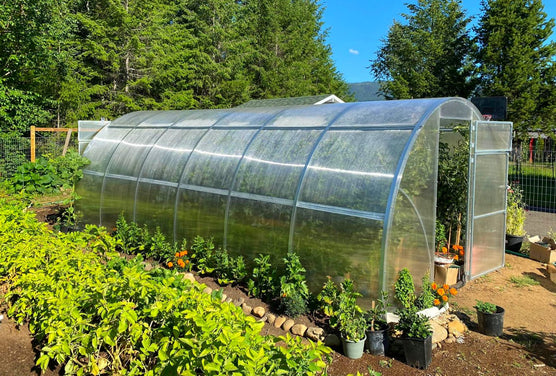Shedding Light on Top Quality: Monarch Greenhouse Sheds Utah Exceptional Layouts
Wiki Article
The Future of Greenhouses: Developments in Sustainable Farming
Are you interested concerning the future of greenhouses and how they are transforming lasting agriculture? Look no additional! In this write-up, we will discover the interesting developments that are paving the method for a greener and extra reliable farming industry. From sophisticated environment control systems to upright farming techniques, water-efficient watering techniques, renewable resource assimilation, and wise information analytics, these developments are changing the way we grow our food. Prepare to discover the future of sustainable agriculture in greenhouses!Advanced Climate Control Solution
To accomplish optimum growing problems, you can count on the improvements in greenhouses with advanced environment control systems. These systems have changed the way we grow plants, supplying a regulated atmosphere that contributes to plant development. With these cutting-edge systems, you can now adjust temperature, moisture, light levels, and even CO2 concentrations to produce the ideal problems for your plants to prosper.One of the crucial features of these innovative climate control systems is their capacity to regulate temperature level. By utilizing sensors and automated controls, the greenhouse can readjust the temperature based upon the particular needs of the plants. This makes certain that they are never ever subjected to extreme warmth or chilly, which can be detrimental to their development.
Moisture control is another critical element of these systems. By maintaining the optimal moisture levels, you can stop problems such as mold, mildew, and condition from affecting your crops. These systems can likewise control the quantity of light that reaches the plants, making certain that they get the optimal amount for photosynthesis.
In addition, advanced environment control systems can also manipulate carbon dioxide focus. By enhancing the levels of carbon dioxide in the greenhouse, you can enhance plant growth and productivity. This is particularly advantageous in areas with reduced natural carbon dioxide levels.
Upright Farming Techniques
One important upright farming strategy is utilizing stacked expanding systems. Piled expanding systems are typically utilized in metropolitan locations where space is restricted.One preferred approach is referred to as vertical hydroponics, where plants are expanded in nutrient-rich water without dirt. This technique is highly effective as it decreases water use by up to 90% contrasted to standard farming methods. In addition, considering that the plants are grown indoors, they are secured from diseases and pests, reducing the demand for chemicals.
An additional method is aeroponics, which includes suspending the plant origins in a haze or air atmosphere. This technique allows for optimal nutrient absorption and oxygenation, causing faster development and higher returns. Aeroponics also uses much less water than typical farming and can be applied in upright systems, making it a prominent option for vertical farming.
Water-efficient Watering Techniques
When it comes to applying water-efficient watering methods in lasting agriculture,Maximizing water preservation is vital. With global water deficiency ending up being a pressing problem, it is important to develop cutting-edge techniques that maximize water usage in greenhouse procedures.One promising approach is drip irrigation, which supplies water directly to the plant origins, reducing waste and dissipation. By utilizing a network of tubes with tiny emitters, water is applied gradually and exactly, ensuring that plants get the necessary dampness without excess runoff.
One more reliable method is the use of soil wetness sensing units. These devices determine the moisture material in the dirt and provide real-time information to farmers. By monitoring the soil's dampness levels, farmers can precisely establish when and how much water to apply, protecting against over-irrigation.
Additionally, the implementation of rain harvesting systems is acquiring popularity in greenhouse agriculture. Accumulating rainwater from rooftops and saving it in containers allows farmers to use grass garden this natural check over here deposit for irrigation objectives, decreasing dependence on standard water sources.
Lastly, the adoption of automated watering systems can considerably boost water performance. These systems make use of sensing units to identify soil wetness degrees and weather condition problems, adjusting irrigation routines as necessary. By optimizing water use based on real plant requirements, these systems can reduce water waste and promote sustainable farming methods.
Renewable Energy Assimilation
Renewable energy integration in greenhouses provides numerous benefits, including minimized running expenses and lowered dependence on non-renewable energy resources. The produced power can then be made use of to run numerous operations within the greenhouse, such as ventilation, lighting, and heating systems. These generators harness wind power and convert it right into electrical energy, which can be used to supplement the power needs of the greenhouse.Smart Information Analytics and Automation
To enhance the effectiveness of your greenhouse operations and maximize resource use, consider carrying out clever information analytics and automation. Smart information analytics entails collecting and assessing data from various sensors and gadgets within your greenhouse. By keeping an eye on elements such as temperature level, moisture, light levels, and soil moisture, you can obtain important insights right into the health and development of your plants. This information can help you make educated decisions regarding adjusting ecological problems, enhancing watering timetables, and preventing potential concerns prior to they occur.
This can consist of automating the control of lights, ventilation, watering systems, and nutrient delivery. By automating these procedures, you can make sure that your plants receive the appropriate conditions and nutrients at the right time, without the requirement for Going Here consistent hand-operated intervention.
Additionally, smart data analytics and automation can interact synergistically. The information accumulated by sensors can be made use of to educate automatic systems, enabling them to make real-time modifications based upon the existing problems. This assimilation of information analytics and automation can bring about more accurate and effective source appropriation, ultimately leading to higher yields and far better crop high quality.
Verdict
In conclusion, the future of greenhouses in lasting agriculture looks encouraging. With sophisticated environment control systems, upright farming strategies, water-efficient watering techniques, and eco-friendly energy integration, greenhouses are coming to be more efficient and ecologically friendly.
By optimizing water use based on actual plant needs, these systems can reduce water waste and promote lasting farming methods.

Report this wiki page